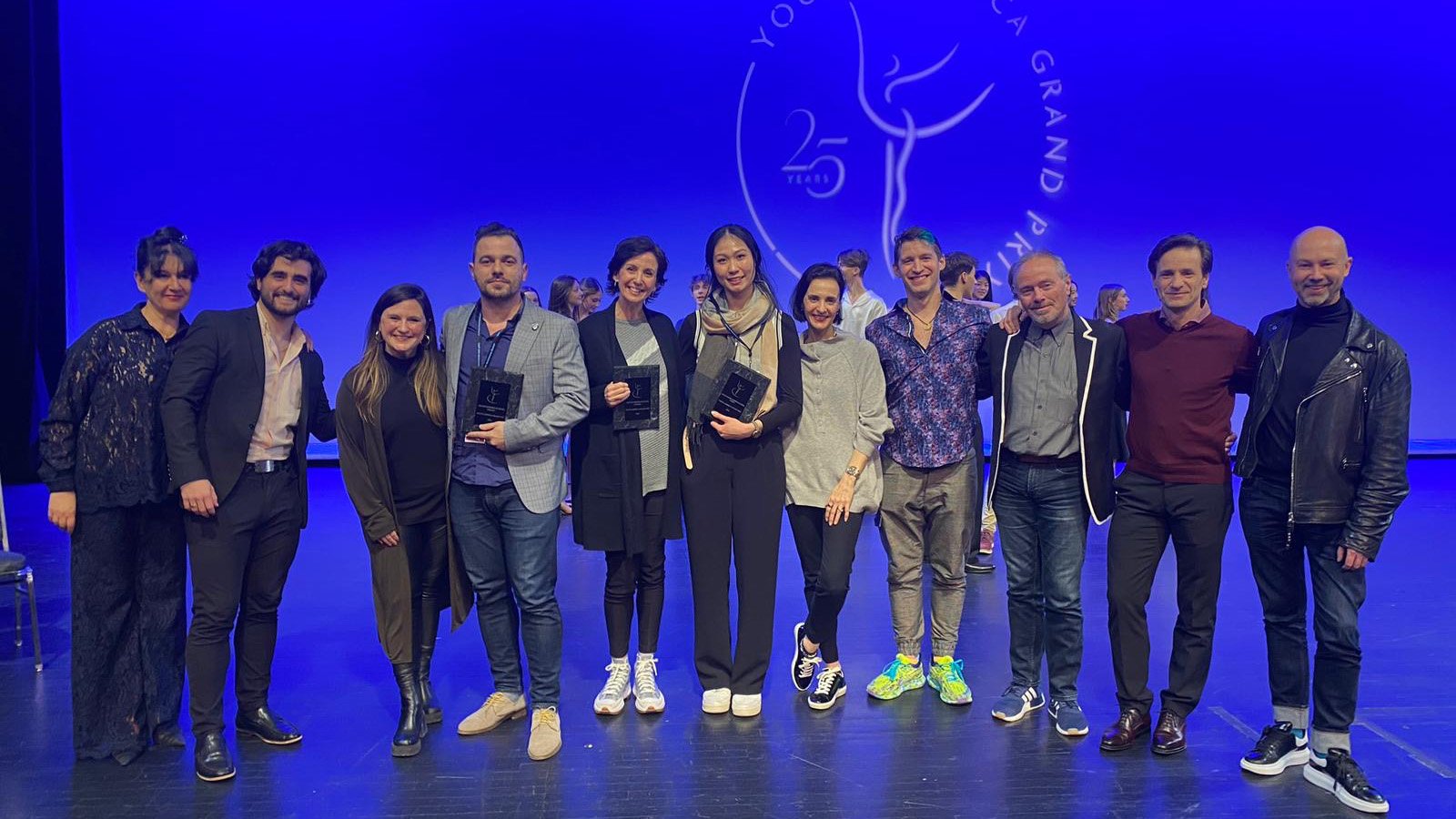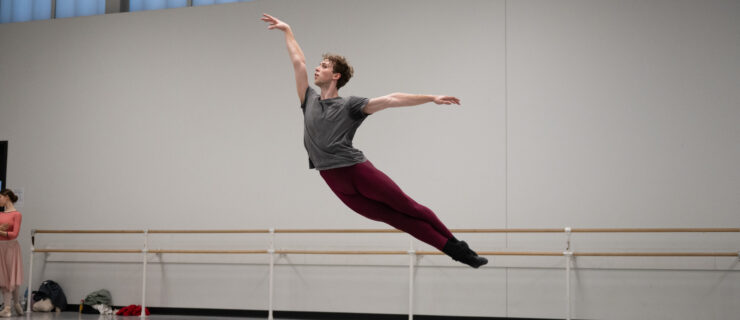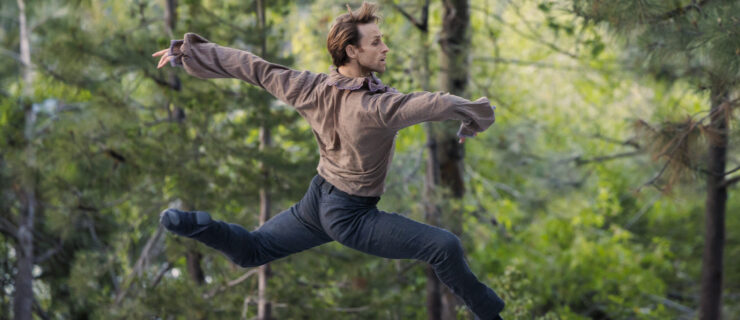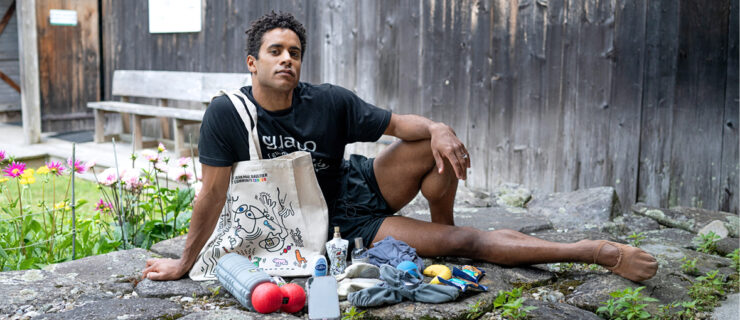5 Things Competition Judges Want You to Know
When Youth America Grand Prix was founded 25 years ago, ballet training experienced a big shift. While elite international ballet competitions have existed for decades, YAGP’s model helped democratize them by granting access to any student wishing to participate. Not only did it give young dancers an opportunity to gain valuable performance experience and feedback, it offered a platform for them to be seen by top school directors and considered for placement and scholarships. Since then, several other ballet competitions have entered the scene that are similarly education-focused.
Performing in front of a panel of judges can be nerve-racking, of course. As a former competitor myself (I attended the very first iteration of YAGP), I am now serving my fifth year as a jury member. Over the years, I have watched countless dancers attempt to find an exact formula for success. But in reality, our goal as judges is much more complex than who wins the top prizes. Recently, Pointe asked me to help demystify what judges are thinking. So, I gathered a couple colleagues to share five things we want dancers to know as they prepare for future competitions.
1. Perfection Isn’t Required
Considering the number of performances we watch each season, we inevitably see dancers slip, fall, and have costume malfunctions. We know students put a lot of pressure on themselves to perform perfectly, but we don’t deduct points for mishaps.
“If you slip, it’s okay! It is a real moment,” says Charmaine Hunter, director of community enrichment at Orlando Ballet School and a jury member with both Universal Ballet Competition and World Ballet Competition. “If you show us you love what you are doing, your sheer presence will show it. Even if you fall, we are still cheering for you.”
Racheal Nye, director of Oklahoma City Ballet’s School and Studio Company, and a YAGP jury member, adds, “I prefer to focus on how a dancer is coached versus critiquing a momentary mishap. It is beautiful to see the work in the details, both on the part of the coach and the dancer. Even if it’s not perfect, we can see the work.”
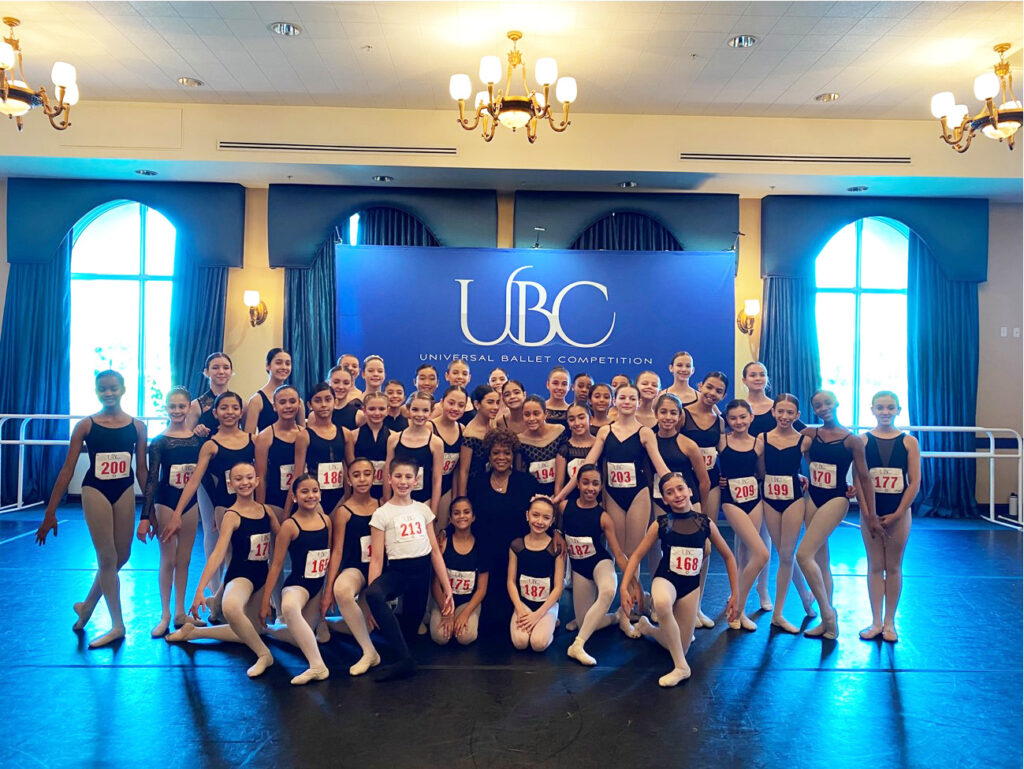
2. We’ve Been in Your Shoes
It can be tempting to assume judges are being overly critical and detached from the experience students are having onstage. But, in reality, many of us competed as young dancers and remember what it was like.
I attended YAGP at a crossroads in choosing whether to focus my career on ballet companies or Broadway. I had never worked on a classical variation outside of The Nutcracker. When I walked into the venue and saw other dancers perform, I wanted to be as good at ballet as they were. I ended up winning first place in contemporary, but was not invited to the final round that year.
Since many jury members have first-hand competition experience, we inherently empathize with each dancer who touches the stage. Regardless of where a student is in their training, we see their value and applaud their bravery for stepping into the spotlight.
3. Missing Master Classes Is Noticed
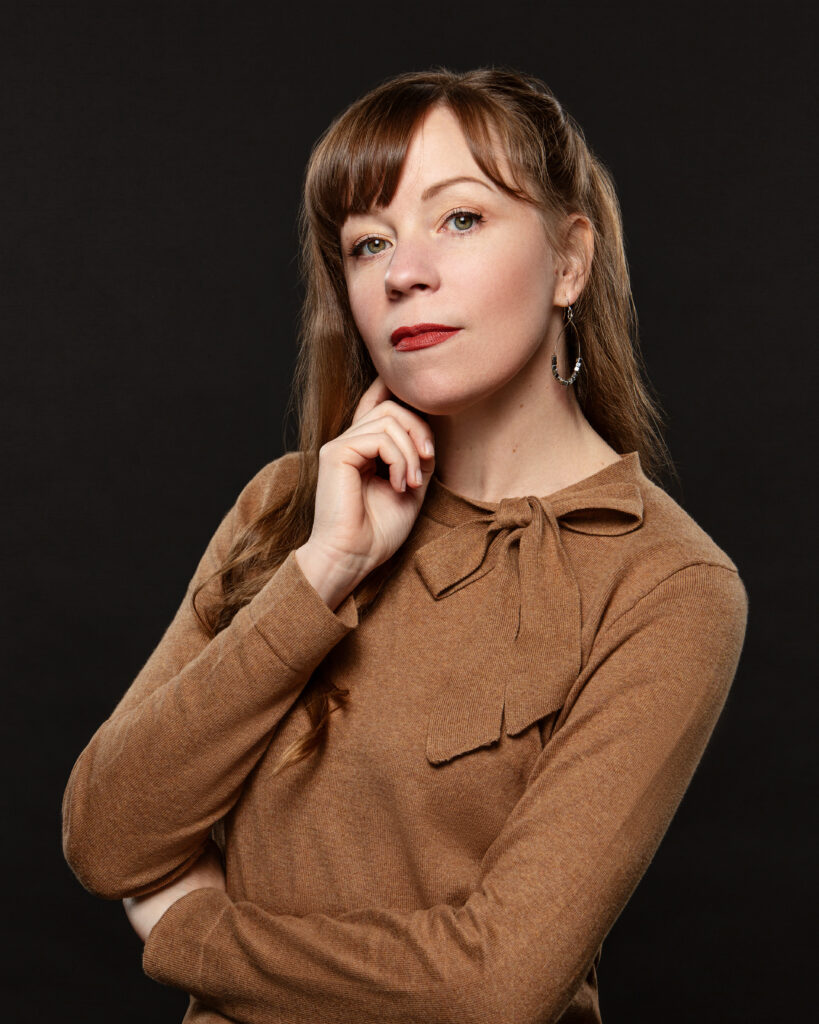
One thing that differentiates ballet competitions from many other competitions is the central focus on education. A majority of judges are considered master teachers and hold high-level positions at schools around the world. They are often sent to scout talent for their programs, effectively cultivating the future of ballet worldwide.
Most events offer both classical and contemporary classes for dancers taught by the very people judging them. In my opinion, these classes are the great equalizer. It doesn’t matter who gets first place, all dancers are invited to learn and be seen again.
“I become familiar with students who participate,” says Nye. “In fact, I hired a trainee because I enjoyed working with them in class. Even if you didn’t have the performance you hoped for, showing up [to the master classes] is another chance to be noticed.”
Many of us note that students may not be in class because they are saving their energy for performances. But “those moments when you feel most fatigued are when you grow the most,” says Hunter; that’s when a dancer can learn the most about their body, technique, artistic approach, and vision for life, she adds. “Much of that growth happens in class, which can then be brought into performance.”
4. Detach From the Outcome
One of the biggest complaints regarding dance competitions is the subjectivity of who wins and who doesn’t. There is so much more that goes into competing beyond what happens onstage, but for many dancers, the central focus is stuck on winning. And we wish this wasn’t the case.
“There isn’t a metric for judging a variation in the same way as, say, figure skating at the Olympics,” says Nye. “It is often the luck of the draw who is judging each competition, and they all have their own perspective on the art form. Your scores are only a screenshot of where you are with the people who are watching in that moment. Understanding that everybody has an opinion, which may conflict with others on the panel, can hopefully be liberating for dancers.”
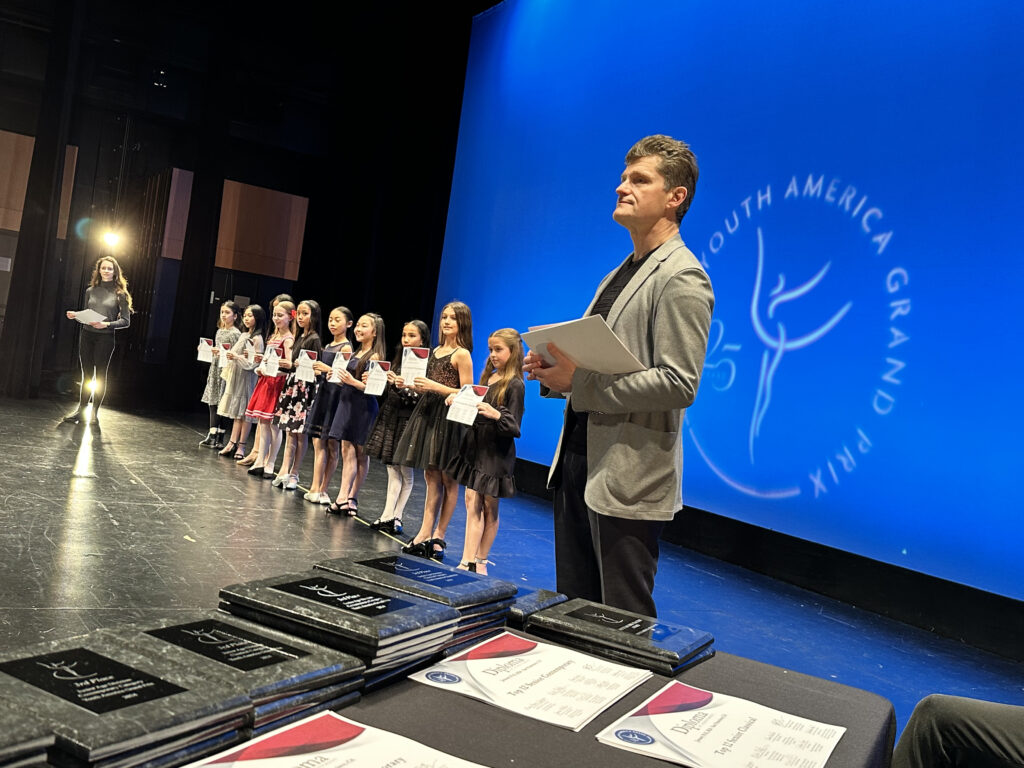
5. We Have the Best in Mind for You
Considering the nature of competition, it can feel like we are only interested in rewarding the most talented dancers. But this simply isn’t true. We know every dancer is on an individual journey and will blossom in their own time.
“I enjoy watching a young artist come into their own and find their unique voice,” says Hunter. “Oftentimes, they find this through preparation for these competitions. I hope dancers know we are pulling for them to be successful.”
Nye adds: “Dancers may feel judges are unfair, but we are really trying to help. We are working to put kids in front of directors, place them, and help them get to their next level.”
In other words, we are rooting for you. We want to meet you where you are and help guide you towards your next step, whether that is developing a basic understanding of technique or getting into the school of your dreams.
